Kids will love this fishing for ice cubes experiment that can be done no matter the temperature outside. Winter science doesn’t have to involve freezing cold temperatures or mountains of fluffy snow outside. Our easy ice cube fishing activity is perfect for at home or in the classroom.
FISHING FOR ICE WINTER SCIENCE EXPERIMENT!
Winter Science for Kids
The best part of this icy winter science experiment is that you don’t need ice fishing gear or a frozen lake to enjoy it! That means everyone can try it. Plus you have everything you need in the kitchen to get started.
This ice science experiment doesn’t have to be prepped beforehand (unless you do not have any ice cubes on hand). You could even make fun ice cubes with novelty ice cube trays.
Here are some more fun winter science ideas we have enjoyed…
- Make frost on a can.
- Engineer a snowball launcher for indoor snowball fights and kids physics.
- Explore how polar bears stay warm with blubber experiment!
- Create a snowstorm in a Jar for an indoor winter blizzard.
Click here to get your FREE printable winter guide.
Ice Science Experiment – Let’s Go Fishing!
Watch the video:
SUPPLIES:
- Ice Cubes
- Glass of Water
- Salt
- Food Coloring (optional)
- String or Twine
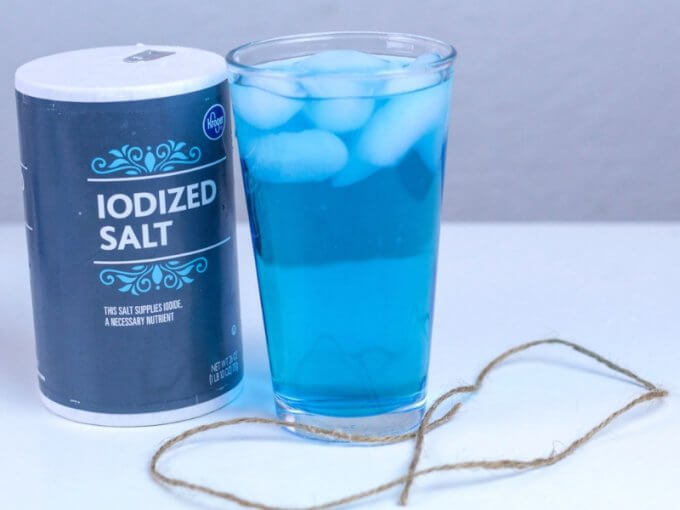
HOW TO SET UP THE ICE EXPERIMENT
Let’s get started with ice fishing winter science in the comfort of your warm home!
*Before you get into the entire experiment, have your kids attempt to use the string to fish for ice. What happens?
STEP 1. Add half a dozen ice cubes to a cup and fill with water.
STEP 2. Lay the string over an ice cube.
STEP 3. Sprinkle salt over the string and ice. Wait 30-60 seconds.
STEP 4. Gently pull the string. The ice should come along with it!
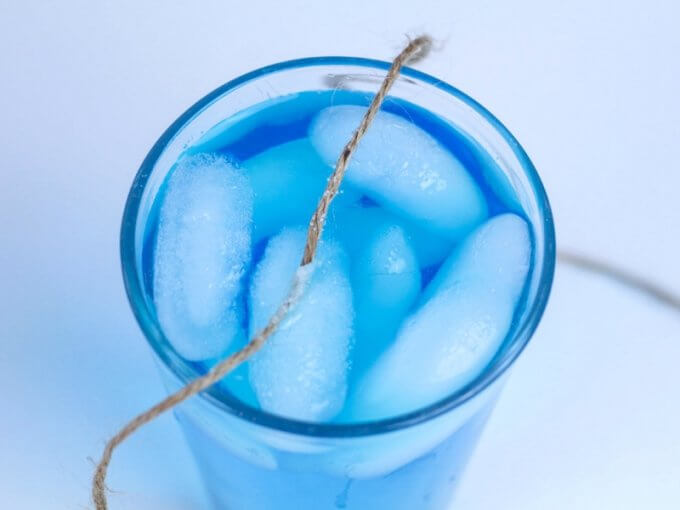
Troubleshooting Your Ice Fishing Experiment
There are a couple of things to keep in the back of your mind while doing this ice fishing experiment. First, the time the string sits on the ice can make a difference. Experiment with different time increments.
Second, the amount of salt used can affect ice melting. Too much salt and the ice will melt too fast. Or if there is too little time on the ice, the string won’t have time to freeze to the cube! Measure the amounts of salt you use and compare.
ALSO CHECK OUT: What makes ice melt faster?
Turn your ice fishing activity into an easy experiment. Encourage your kids to come up with questions and dig deeper into this science project. For example…
- How many seconds is the right time for the string to pick up the ice?
- What type of string is best for ice fishing?

The Science of Ice Fishing
Why does everyone use salt to melt ice? Adding salt to ice will lower the ice’s melting point.
Salt causes a physical change by altering the properties and temperature of the ice cube. However, if the surrounding temperature is still freezing, the ice will re-freeze (reversible change) and freeze the string. Now you have ice fishing!

Use the Scientific Method
Follow these steps to incorporate the scientific method into the classic ice science experiment with salt, water, and ice cubes.
Learn more about the scientific method here.
First, formulate a clear hypothesis, such as predicting that adding salt to the ice will affect the melting rate and create “ice fishing.” Make an if-then statement.
If salt is added to the ice in the experiment, then the melting rate of the ice cubes will increase compared to the ice cubes without salt, and the string will stick to the ice cube.
Next, set up a controlled experiment by preparing identical ice cubes and placing them in separate containers filled with the same amount of water. Label one container as the control group with plain water and the other as the experimental group with salt water. Measure and record the initial conditions of both setups.
Then, add salt to the designated container and observe the impact on the ice cubes’ melting rate to create ice fishing. *You can also set up several containers to test the amount of salt needed for the ice fishing experiment.
Lastly, analyze the results, draw conclusions based on the evidence gathered, and reflect on whether the hypothesis was supported or refuted. This structured approach aligns with the scientific method, promoting a systematic and objective investigation of the ice fishing experiment.
More Fun Winter Science Activities
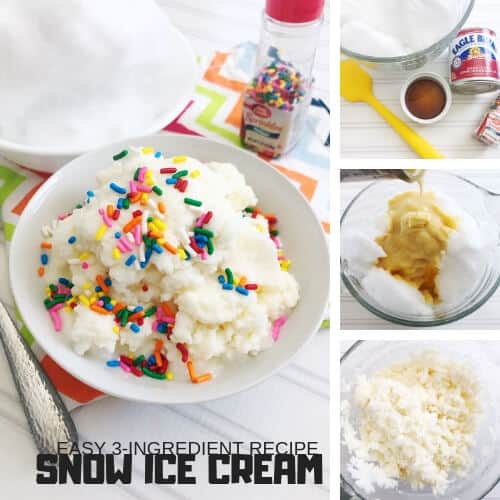
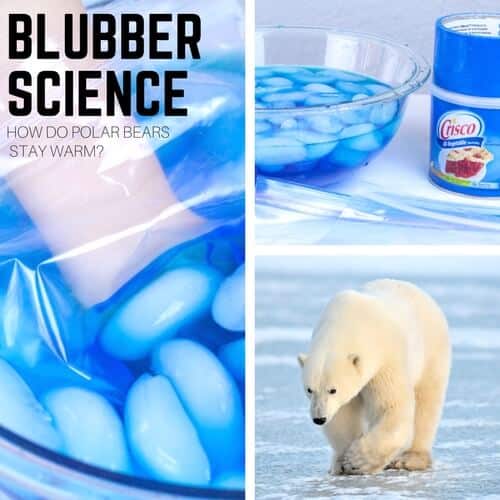
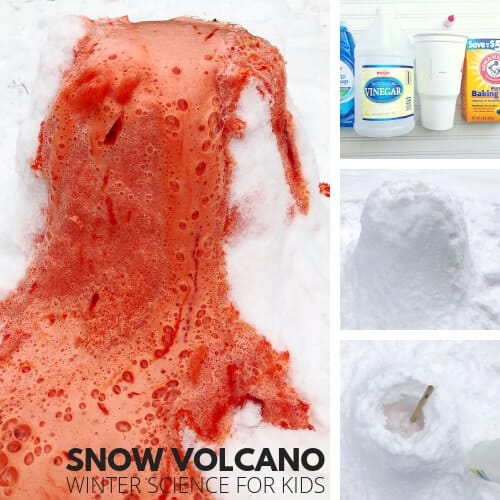
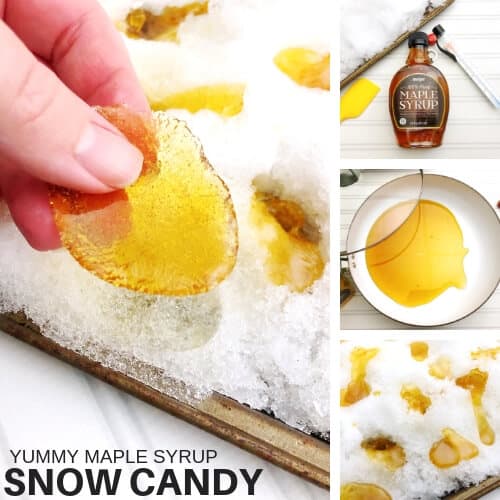


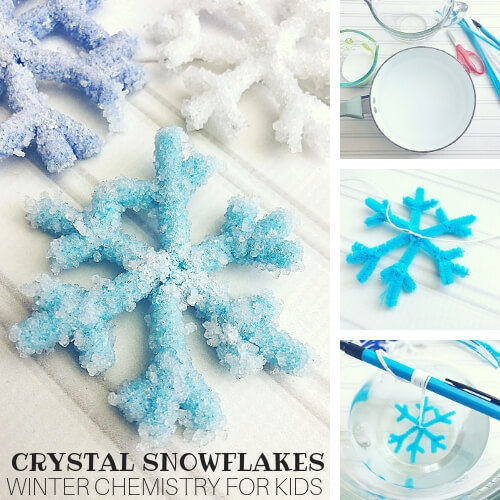
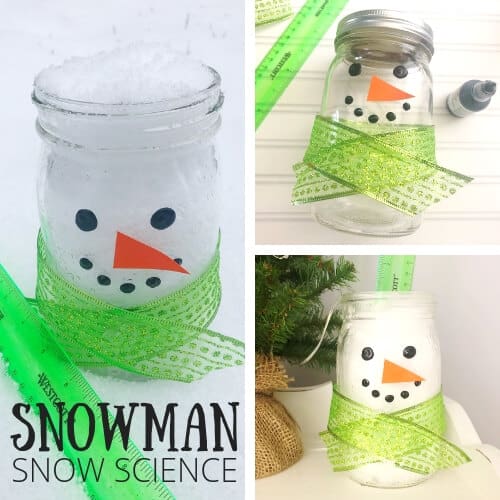
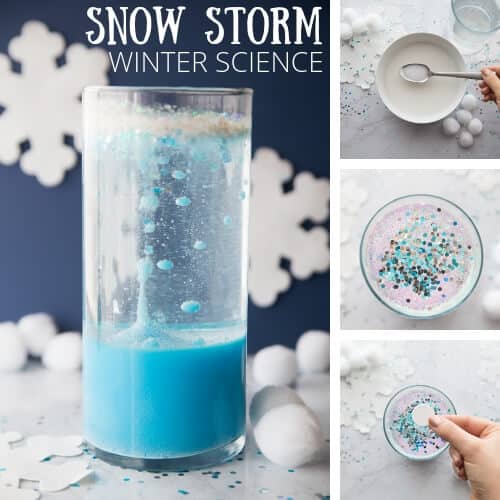
Printable Winter STEM Pack
Even if you don’t live in a snowy winter climate, there are many ways to explore the season!
WHAT’S INSIDE? You’ll find 250+ Pages of Winter theme projects for science, STEM, and art!
- 25+ Winter science activities and STEM projects for kids that are easy to set up and fit into the time you have available even if it’s limited! NEW: Observation sheets for activities.
- Printable winter theme STEM activities that are simple but engaging for home or classroom. Perfect for K-2 and beyond and adaptable to many skill levels.
- Find simple background science explanations to share with kids while they explore hands-on and playful experiments, projects, and activities! Fun with physics, chemistry, design, engineering, and more!
- Easy to gather supplies makes these STEM activities ideal when you have limited resources available. Perfect for trying with groups of kids.
- Engaging winter STEM activities packed with winter theme activities, journal pages, and design process steps! Includes structure-building cards, STEM challenge cards, and screen-free coding activities.
- Fun snowflake theme STEM, including snowflake cutting templates, snowflake tinker cards, and snowflake science activities, including a snowflake formation cycle!
- Even more, winter printable sheets include hibernating animals sort, snow weather cycle, 5 senses for winter journal pages, thaumatrope patterns, and fun extras all with a winter theme!
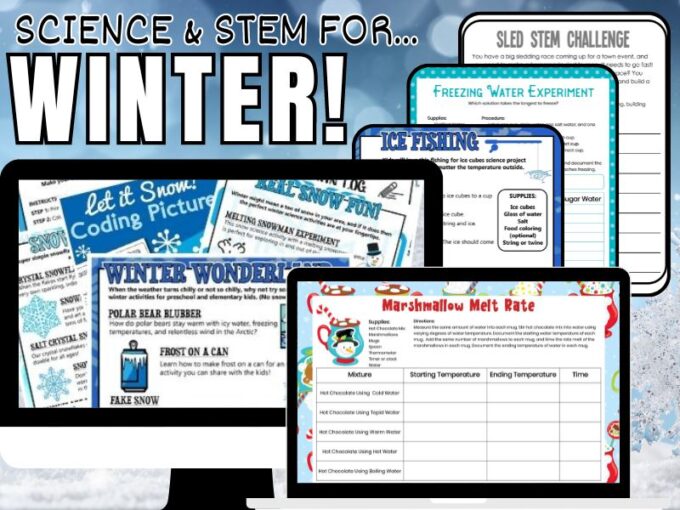


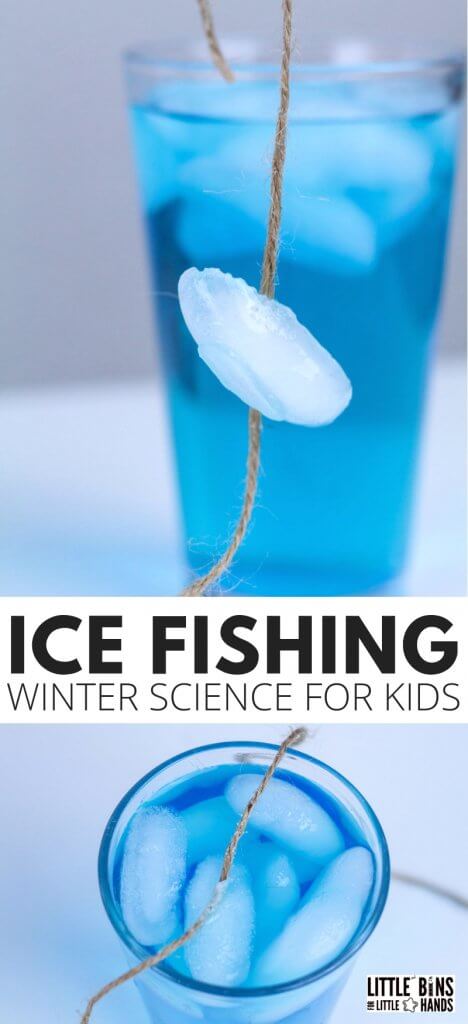
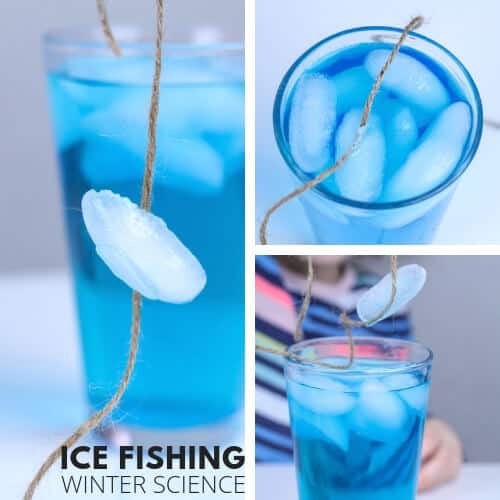
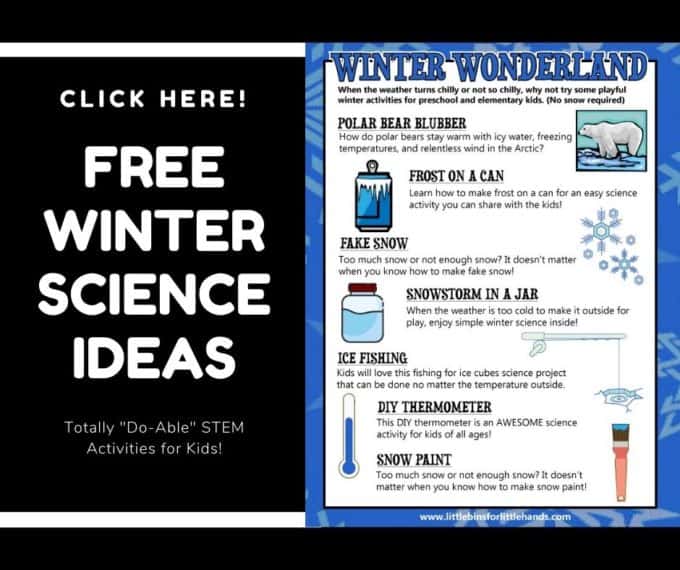






2 Comments
Comments are closed.